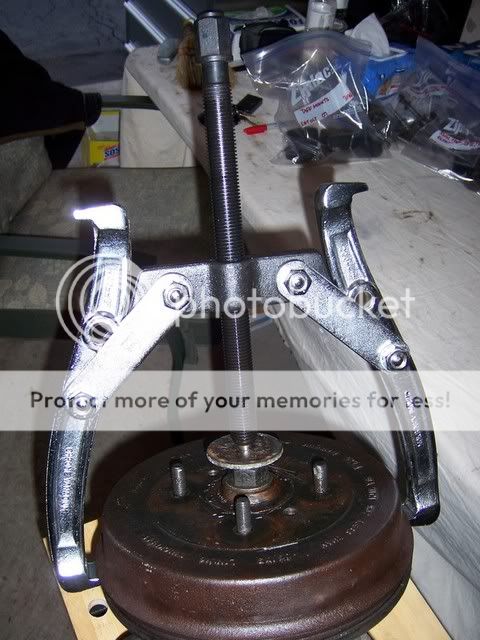Parker
Freshman Member
Offline
I've tried hammers, PB Blaster, propane torch, and I even removed those two little flat-head screws that hold the drums in place! I pounded with a hammer. I tried to back off the adjuster (it's rusted stuck). I pounded with a hammer. I removed the nuts that hold the adjuster to the backing plate. I pounded the studs with a hammer. I disconnected the emergency brake cable. I pounded with a hammer. I inserted a bolt into the front adjuster hole... and then I pounded with a hammer. As far as cutting with an acetylene torch, I don't have one and can't move the car to get it anywhere near one: the wheel won't turn. I even tried a winch to drag the car while the wheel was on: wouldn't release. Does anyone know of any tricks that would work on a TR3? Without a torch, I'm just tempted to take a sawzall to the drum, but I'm afraid I'd cut into something behind the drum. Any thoughts?

 Hi Guest!
Hi Guest!

 smilie in place of the real @
smilie in place of the real @
 Pretty Please - add it to our Events forum(s) and add to the calendar! >>
Pretty Please - add it to our Events forum(s) and add to the calendar! >> 

